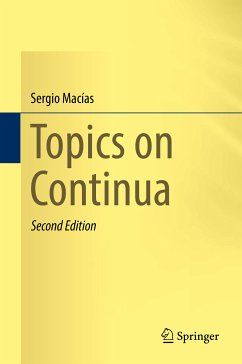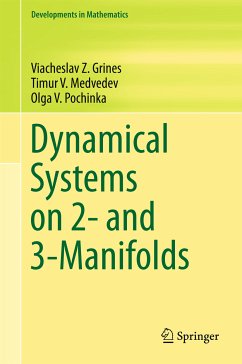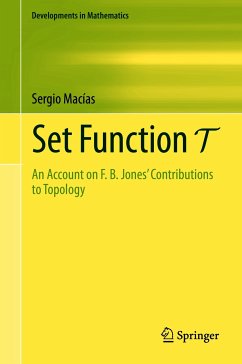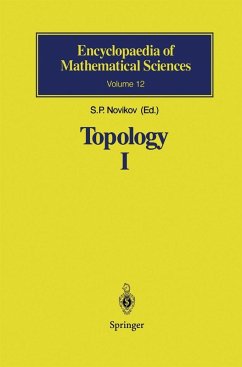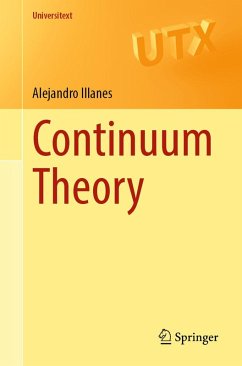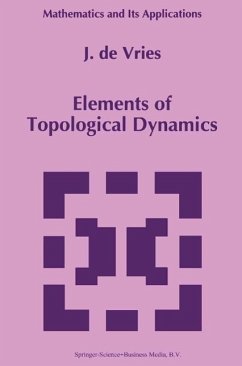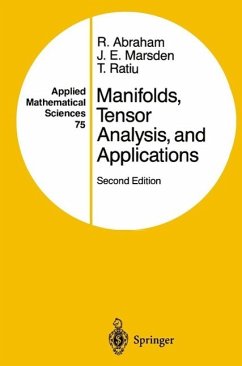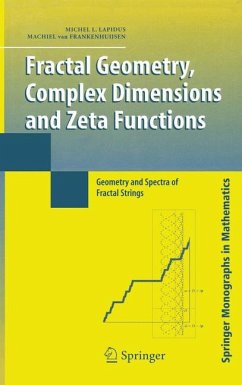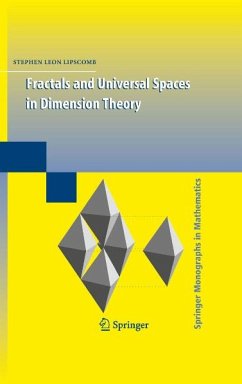
Inverse Limits (eBook, PDF)
From Continua to Chaos
Versandkostenfrei!
Sofort per Download lieferbar
72,95 €
inkl. MwSt.
Weitere Ausgaben:

PAYBACK Punkte
36 °P sammeln!
Inverse limits provide a powerful tool for constructing complicated spaces from simple ones. They also turn the study of a dynamical system consisting of a space and a self-map into a study of a (likely more complicated) space and a self-homeomorphism. In four chapters along with an appendix containing background material the authors develop the theory of inverse limits. The book begins with an introduction through inverse limits on [0,1] before moving to a general treatment of the subject. Special topics in continuum theory complete the book. Although it is not a book on dynamics, the influen...
Inverse limits provide a powerful tool for constructing complicated spaces from simple ones. They also turn the study of a dynamical system consisting of a space and a self-map into a study of a (likely more complicated) space and a self-homeomorphism. In four chapters along with an appendix containing background material the authors develop the theory of inverse limits. The book begins with an introduction through inverse limits on [0,1] before moving to a general treatment of the subject. Special topics in continuum theory complete the book. Although it is not a book on dynamics, the influence of dynamics can be seen throughout; for instance, it includes studies of inverse limits with maps from families of maps that are of interest to dynamicists such as the logistic and the tent families.
This book will serve as a useful reference to graduate students and researchers in continuum theory and dynamical systems. Researchers working in applied areas who are discovering inverse limits in their work will also benefit from this book.
This book will serve as a useful reference to graduate students and researchers in continuum theory and dynamical systems. Researchers working in applied areas who are discovering inverse limits in their work will also benefit from this book.
Dieser Download kann aus rechtlichen Gründen nur mit Rechnungsadresse in A, B, BG, CY, CZ, D, DK, EW, E, FIN, F, GR, HR, H, IRL, I, LT, L, LR, M, NL, PL, P, R, S, SLO, SK ausgeliefert werden.




